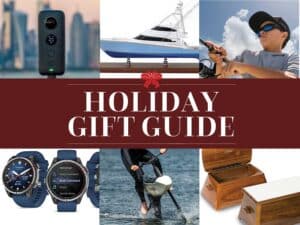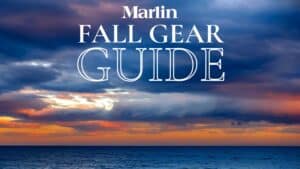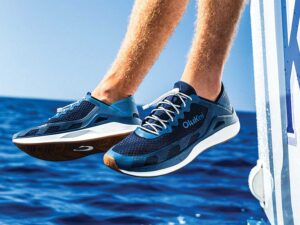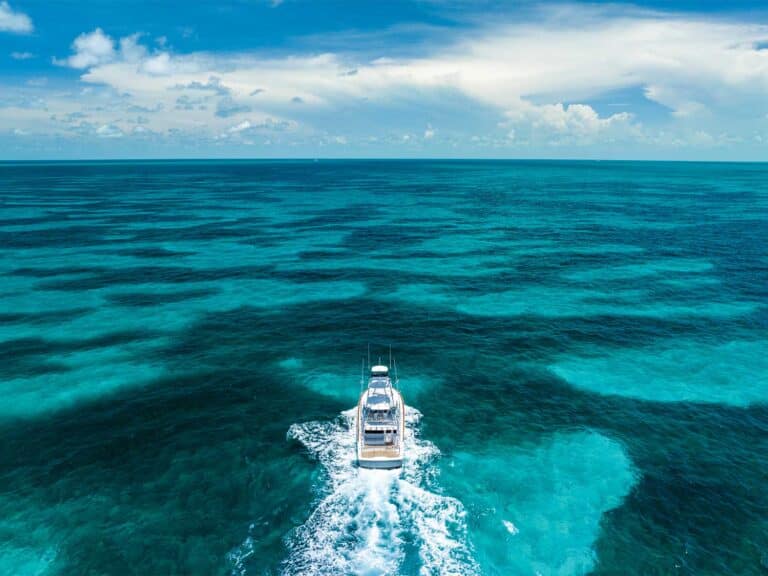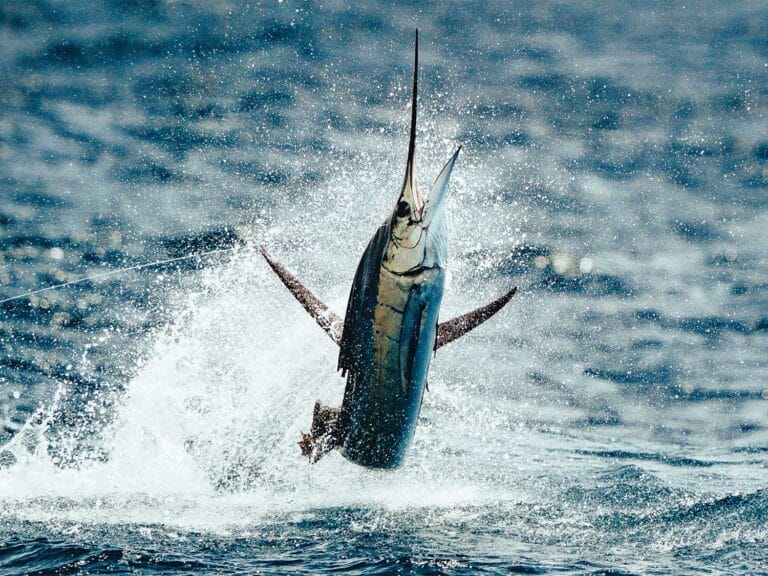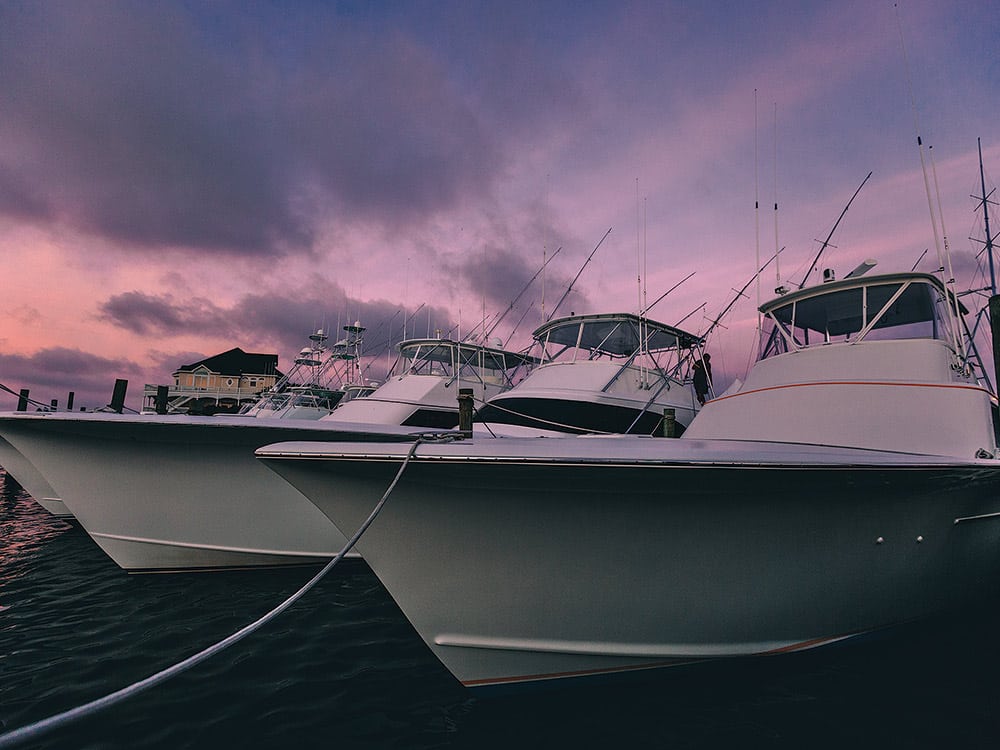
Every captain turns to radar when the weather sours or if they need to make a new port overnight. And, when on the hunt, nothing gets you to the fish faster than a good bird-tracking radar array. Your radar also has tricks to spy on competitors too, and it’s a seldom-discussed fact. But if you aren’t using your unit to its fullest capability, you’re already behind the eight ball.
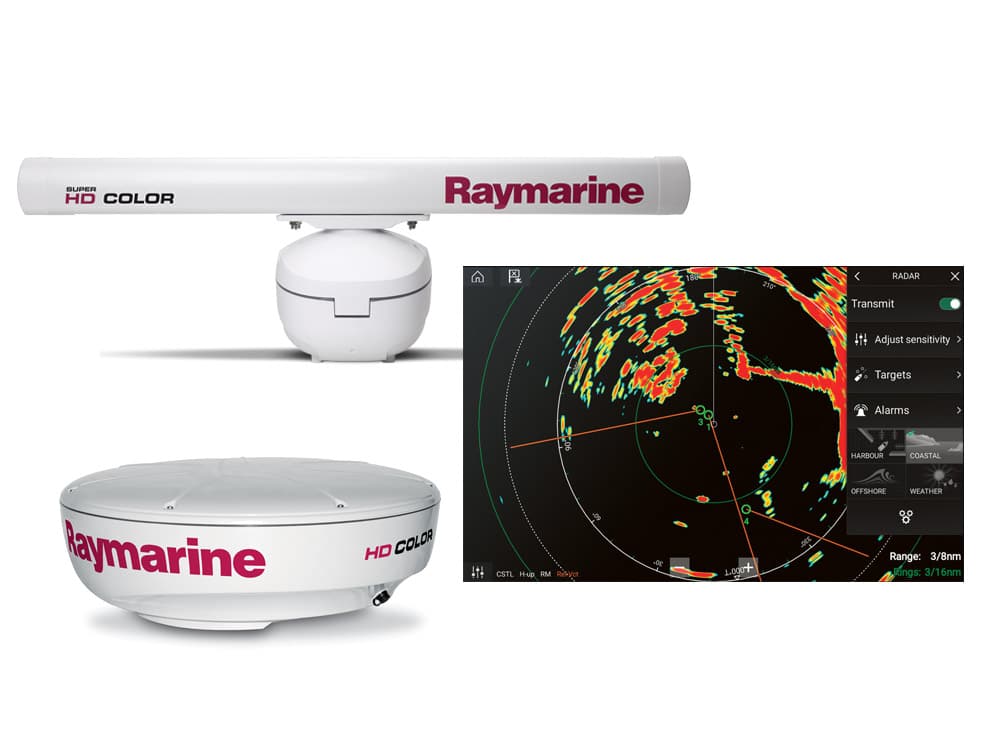
New-Age Radar
To gain a competitive advantage and learn more about potential seaway traffic problems, you need two things: one of the new digital radar sensors, which will likely talk to the multifunction display you already have, and a heading sensor to allow your radar image to be overlaid on the chart plotter.
The heading sensor tells your chart plotter the compass heading of your radar sensor, and that information is used to align the returns to your chart screen. Without the heading sensor, some radars won’t overlay, and if they do, the targets won’t be spot-on because the chart plotter won’t know exactly where the radar is aimed.
For the Birds
There is no secret to locating birds with radar, but up until recently, it could be done only with long-pulse magnetron-based radars. Adjusting the gain for bird hunting was a tricky matter of experience, and to some, it appeared to be witchcraft. Typically, that was done by considering sea clutter, atmosphere and range, and then relaxing sea-clutter filters and increasing gain to cloud the screen until it looked like paint splatter. Once that was done, diving flocks of seabirds would show up as brighter or more-dense clutter in the already chaotic screen.
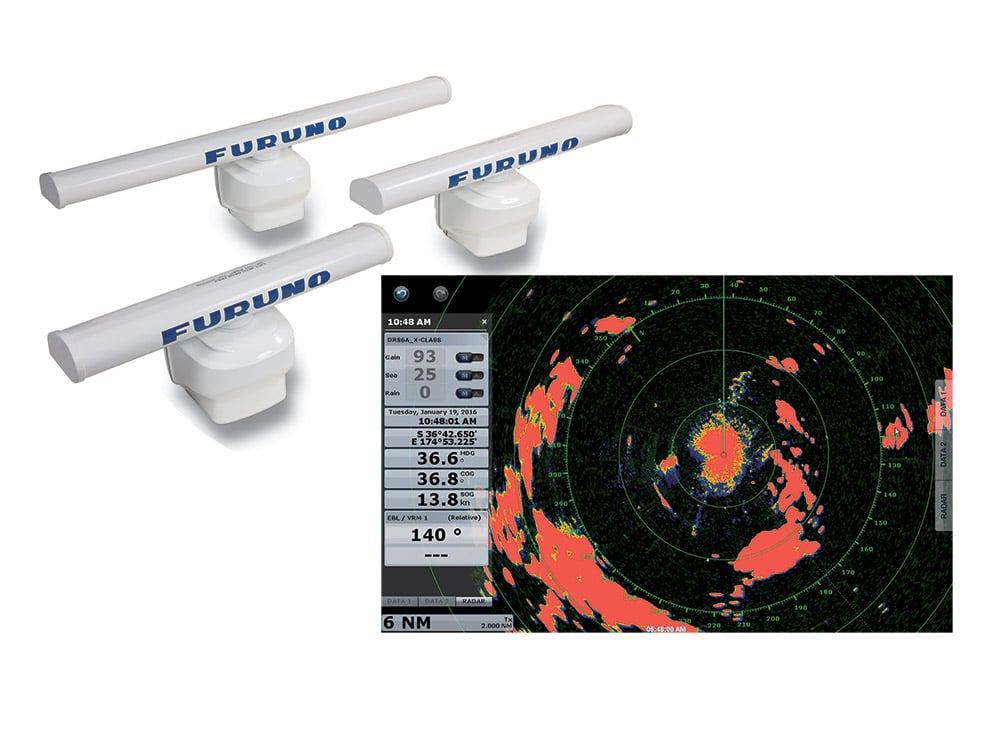
That’s all changed.
New high-energy, highly focused digital beams are reflected back to the sensor and painted on your chart plotter. The radar still has to bump up the gain and reduce the sea clutter, but now all the main players in recreational marine radar — Furuno, Garmin, Raymarine and Simrad — have created software to make the electronics do that job. Just select bird mode or whatever trade name the brand has applied, and the chart plotter will automatically analyze sea clutter, sea state, precipitation and other conditions to set the radar for bird hunting instantly. It works so well, many captains can’t outperform the automatic adjustments.
Tracking Traffic
In marlin and sailfish tournaments, you’re not just tracking traffic, but keeping an eye on the competition too. Captains don’t want to talk about it, but they are. With these new highly accurate radars using dynamic tracking, the surrounding vessels are not only painted, but their direction of motion is also reflected on the screen with a breadcrumb trail. Mini auto radar plotting aid, or MARPA, is the technology, and nowadays, all of the new high-energy systems use it to increase the radar’s value.
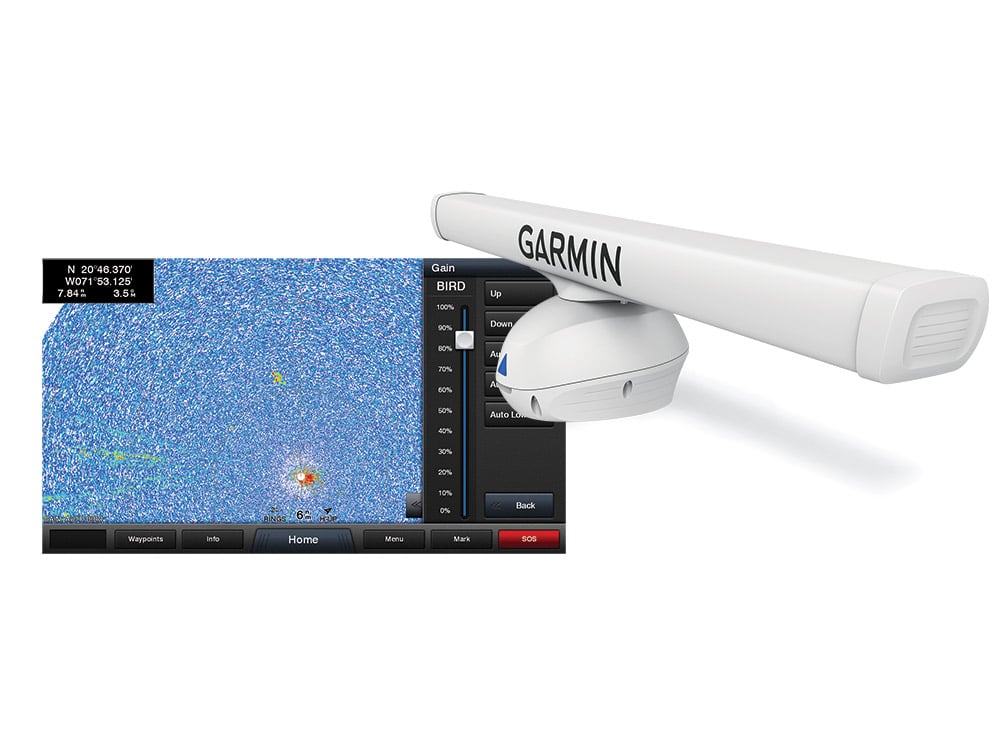
Garmin’s GMR Fantom 6 radar names its tracking MotionScope, and it taps Doppler effect to show a target’s motion. The system adjusts for your boat’s motion when a heading sensor is present so the true motion of the target is clear. It’s ideal for tracking other vessels or bird flocks — in Garmin’s case, with Auto Bird Gain, that gives you hands-off operation.
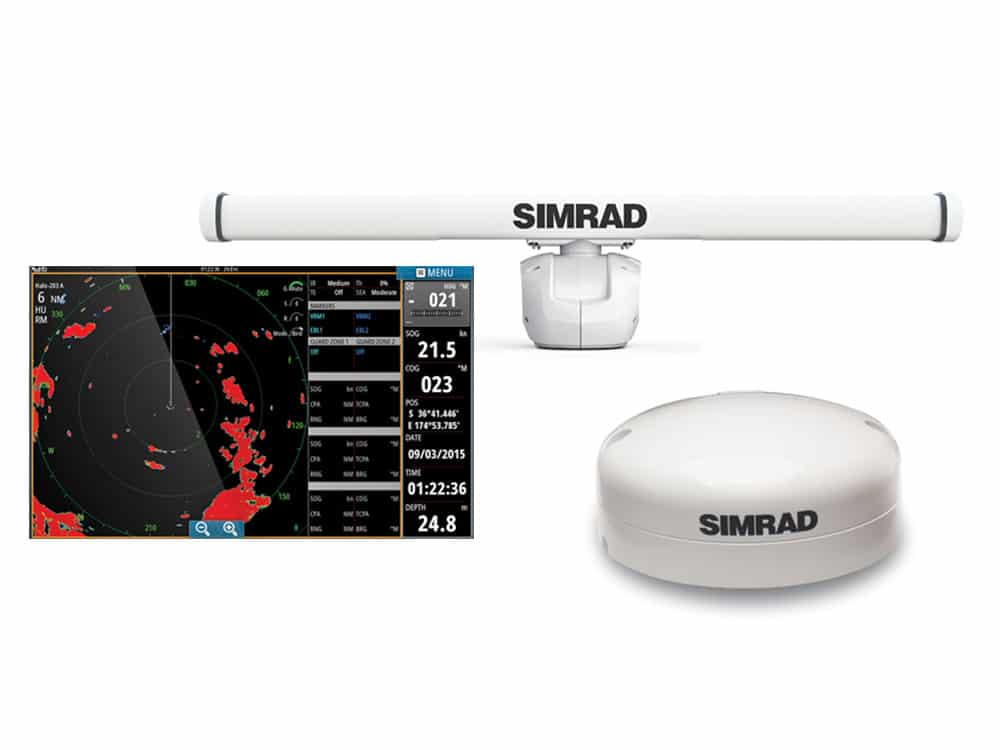
Simrad’s Halo Radar tracks targets with an automatic Bird Mode. Furuno’s system is called Fast Target Tracking and is featured in its X-Class radar series. Raymarine uses MARPA in its HD-color and super-HD-color radars.
This electronic magic trick lets you keep tabs on your fellow competitors from miles away. Watch them as they work an area. Are they staying put, or are they jumping around at high speed, running-and-gunning to several different spots? In some cases, as a boat circles on a doubleheader or stops to leader a fish, the radar trail will shorten. That’s the time to tap the screen and place a waypoint on your plotter. It will align perfectly with the chart if you have a heading sensor. Every time you notice them stopping, tap in another waypoint. A cluster of waypoints tells you they are on a hot bite, and now you have the spot for later. Don’t crowd them, but you might be able to beat them to the spot the next day. It’s a stealthy approach, and you can use it from well over the horizon if your sensor is high enough.
You can question the morality of filching spots with radar, but if you saw them with your eyeballs, you would do the same thing. Most all winning captains have this technology at their fingertips, and using it correctly is just good hunting.
